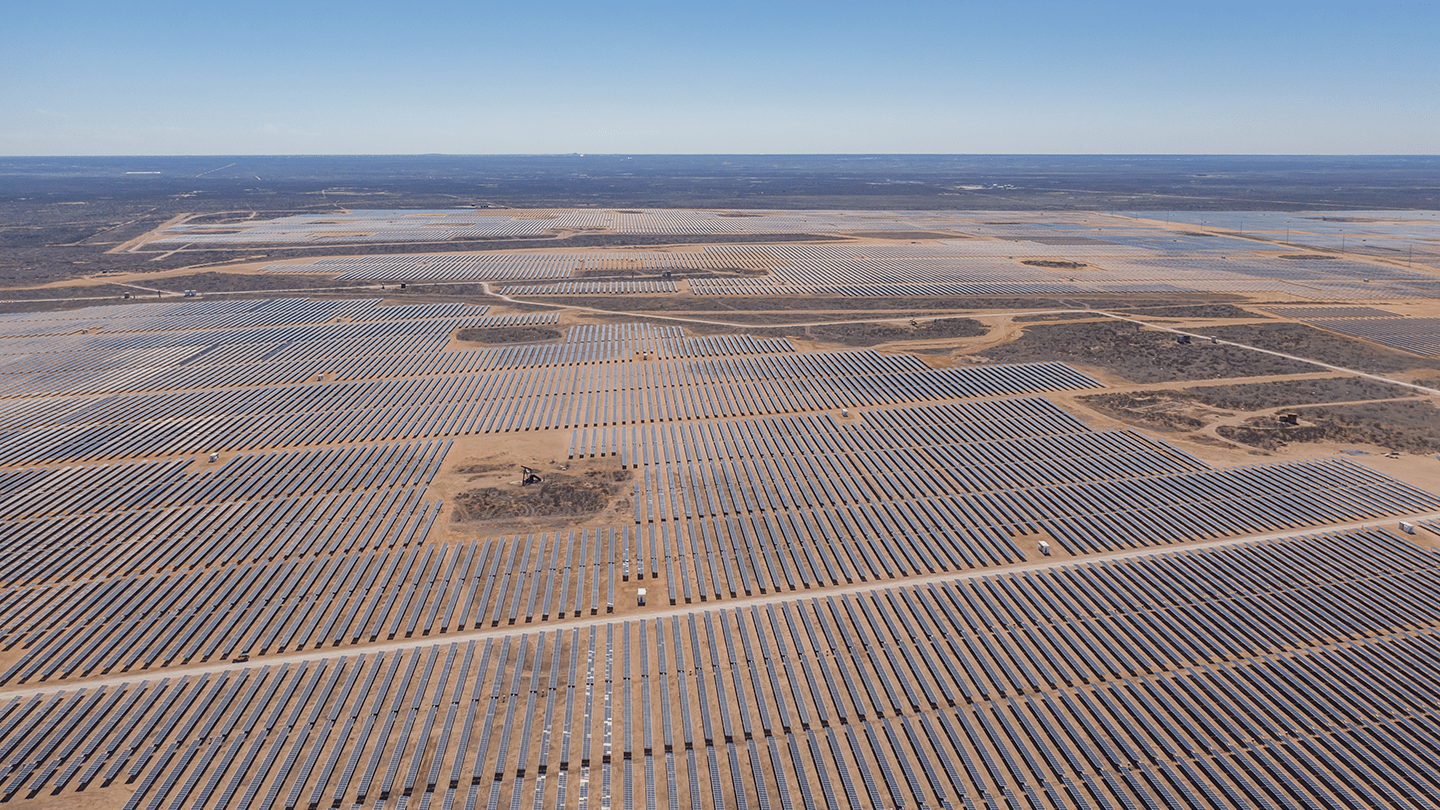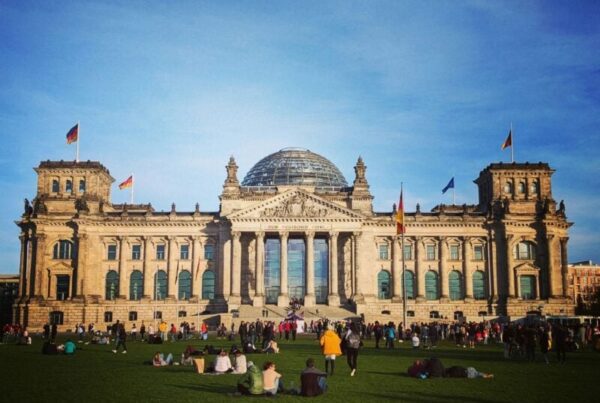
The signatories cited the example of the abolition of anti-dumping and countervailing duties (AD/CVD) in place on solar panels imported from China, Taiwan, and Malaysia five years ago. During the application of trade defence measures, solar jobs, project investment, and solar deployment severely declined, leading to an increase in costs to customers and consumers.
In addition, the signatories suggested three measures that provide long-term and sustainable support to the European solar industry. The first measure is to adjust the EU State Aid framework to allow member states to support the running costs of factories, such as operating expenses.
Second, the European Commission (EC) should mandate specific resilience auctions within member states under a swiftly adopted EU Net-Zero Industry Act. It is suggested that the EC set up an EU-level financing instrument dedicated to supporting EU solar PV manufacturing projects.
The signatories also said imposing trade defence measures would “certainly negatively impact European employment and put many local jobs at risk”.
According to the EU Solar Jobs Report 2023, the solar sector represented 648,000 full-time equivalent jobs in the EU in 2022. The majority of these jobs (84%) were linked to activities in the deployment of solar PV systems.
The solar sector is set to employ about one million people in 2025 and 1.2 million people in 2027 without major barriers to further growth, including trade restrictions.
“We fully support and are committed to the reshoring of European solar manufacturing, including the EU’s target of reshoring solar manufacturing capacity to a minimum of 30GW by 2025 across the solar PV supply chain. However, we caution that it is vital to choose the right tools to make this happen,” the signatories said in a statement.
In October, the European Council adopted the new Renewables Energy Directive to raise the target level of renewable power generation in the bloc’s energy mix to 42.5% by 2030, including a solar target of 600GWac, up from the original 40% proposed in the REPowerEU plan.
The Directive contains a 2.5% “indicative top up” to allow for 45% to be reached.
Meanwhile, multiple European solar associations, including SolarPower Europe, published an open letter in October, calling for the EU to develop industry strategy for the European solar PV sector and opposing the introduction of tariffs and trade barriers. They also suggested four ways that can be implemented shortly to address the steep reductions in solar PV module prices in Europe.






